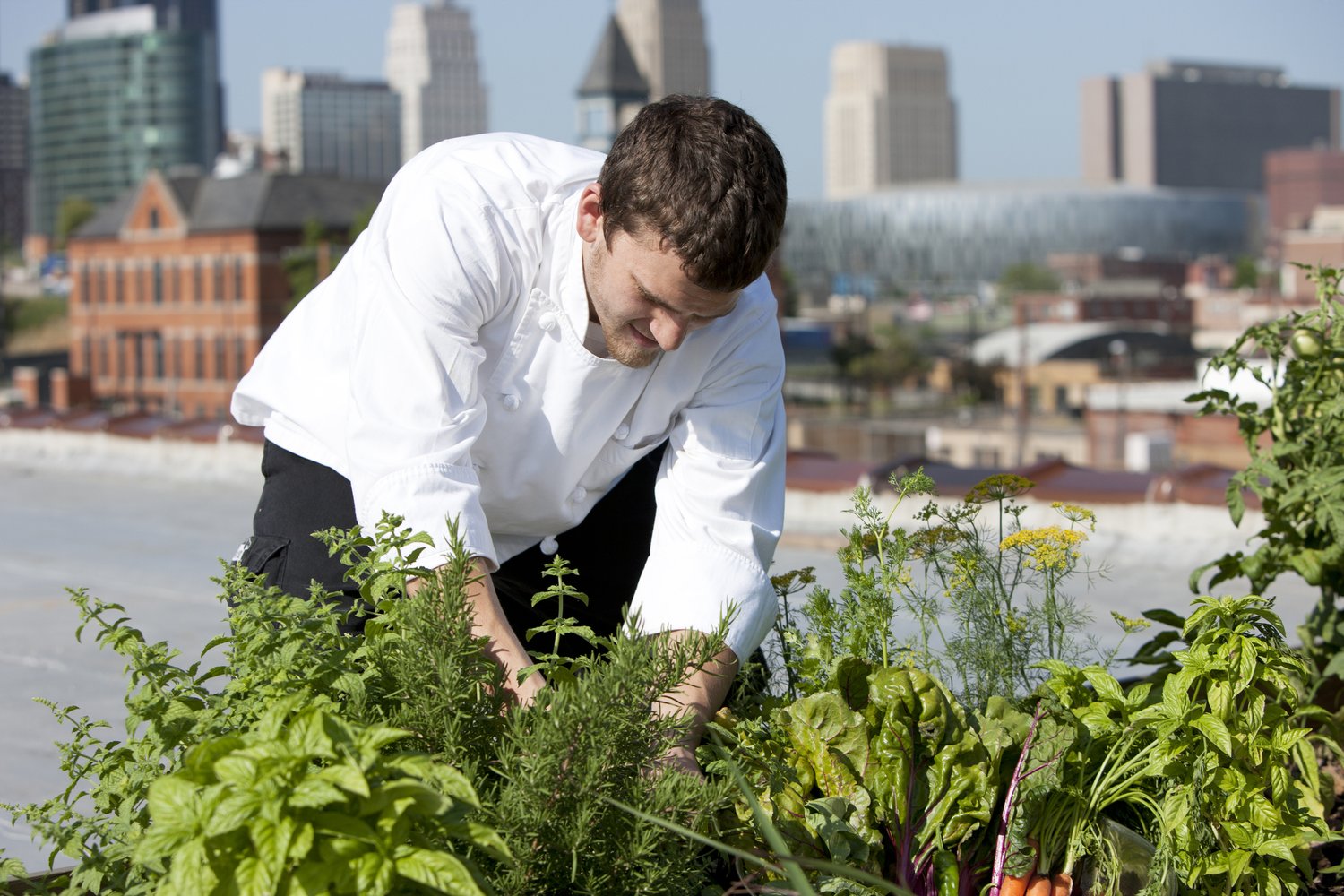Excitement About City Blooming
Excitement About City Blooming
Blog Article
Our City Blooming Diaries
Table of ContentsA Biased View of City BloomingA Biased View of City BloomingUnknown Facts About City BloomingOur City Blooming Diaries5 Simple Techniques For City Blooming
Interested in growing food for sale in the City of Chicago? Below is a checklist of frequently asked concerns concerning the guidelines and policies that cultivators ought to take into consideration when intending an urban farming job.
The zoning modification does not modify any kind of other codes taking care of composting, structure authorizations, purchasing or leasing City owned residential property, company licenses or ecological contamination. There are existing codes that manage these problems and they remain completely effect and may apply to your project. Neighborhood yards are normally had or handled by public entities, public organizations or community-based companies and kept by volunteers.
Urban farms expand food that is planned to be offered, either on a not-for-profit or for-profit basis. Due to their business function, metropolitan farms need an organization certificate.
Little Known Questions About City Blooming.
Composting is permitted yet only for plant material that is created and utilized on website. The amount of garden compost material can not go beyond 25 cubic yards at any type of provided time according to the criteria in 7-28-715 of the City's Municipal Code. Yes. Due to the fact that the soil at most new garden sites requires amending, garden compost, dirt, wood chips, or various other materials can be obtained to create or improve the growing space - home and garden.

If a building authorization is called for then the hoophouse will certainly be considered an accessory building. You can figure out even more concerning the structure license requirements by speaking to the Department of Buildings. The 25,000-square-foot size limitation is intended to avoid a single neighborhood yard from controling an offered block or interfering with the block's existing property or commercial personality.
The limitation does not put on yards situated in Public Open Space (POS) areas. Can there be greater than one neighborhood garden that is 25,000 square feet on a solitary block? Yes. The size limitation relates to specific gardens, not to individual blocks. No. Secure fencing is not called for, nevertheless, yards that have large car parking locations might be required to set up fencing or other landscape design features.
The 5-Second Trick For City Blooming
B1 & B2 areas require that all industrial usage activities be conducted inside. R districts restrict industrial activity. The guidelines mirror the purpose and intent of the Zoning Code. Is fencing needed for urban farms? Yes. Fencings may be needed, in addition to landscaping and testing, for particular car park locations and outside job or storage space areas depending upon location and the specific activity taking area.
Yes. Urban farms need building licenses and zoning authorizations prior to building. Various other types of city testimonial may be required depending on details structures, tasks, size, landscaping, licensing, public heath and stormwater monitoring issues. Much of these demands are identified in the project style or permitting process, nevertheless, the candidate may be accountable to separately identify particular licenses or allows that may be required.
Yes. The kind of permit is identified by what is taking place at the site. The Division of Company Matters and Consumer Protection can help identify the specific kind of company permit that's called for. Yes. Off street car park is needed for most commercial tasks in Chicago. The needed number of vehicle parking rooms is based upon the variety of staff members working with website and not the square video footage of the expanding space.
The 45-Second Trick For City Blooming

Yes. A city farm can market compost material produced on site, however, the operation has to adhere to the policies in 7-28-715 of the Chicago Municipal Code. Yes. Aquaponic systems are enabled indoors on urban farms in many zoning areas. A zoning review and structure license is called for in order to install structures or systems and an organization certificate is called for as described above.
As much as five hives or swarms of honey bees may be maintained as an accessory use. However, beekeepers need to sign up with the Illinois Division of Agriculture. For more details about the suggested zoning amendment you might speak to the Division of Housing and Economic Development, Bureau of Preparation and Zoning at 312.744.8563.
Farming in cities and metropolitan areas A city farm in Chicago. Urban agriculture refers to different practices of growing. https://anotepad.com/note/read/ewb5qah3, handling, and dispersing food in metropolitan locations. The term additionally applies to the area tasks of pet husbandry, aquaculture, beekeeping, and gardening in a city context. Urban farming is distinguished from peri-urban farming, which occurs in rural locations at the edge of residential areas.
Fascination About City Blooming
It can entail an activity of natural farmers, "foodies" and "locavores", that seek to form social media networks started on a Discover More Here common principles of nature and community holism. These networks can establish by means of official institutional assistance, coming to be integrated right into regional community planning as a "change town" activity for sustainable urban growth.
Some of the first proof of urban farming comes from Mesopotamia.
Report this page